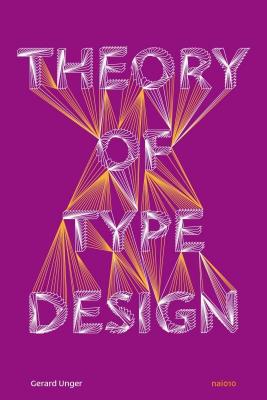Theory of Type Design by type designer Gerard Unger is a comprehensive theory of typeface design. This volume consists of 24 chapters, each describing a different aspect of type design, from the influence of language to today’s digital developments, from how our eyes and brain process letterforms to their power of expression.
This book includes more than 200 illustrations and practical examples that illuminate the theoretical material. The terminology is explained in the volume’s extensive glossary.
The theory is internationally orientated and relevant for typography courses, professionals and those with a general interest in text and reading all over the world.
-
Theory of Type Design
2,655 views
User Feedback













